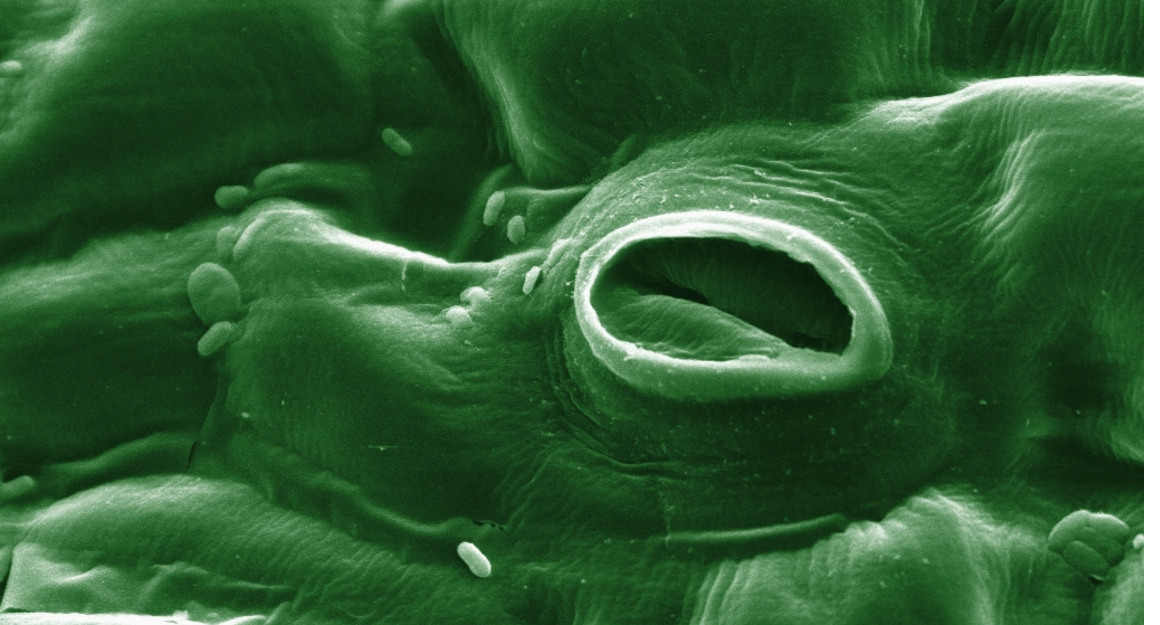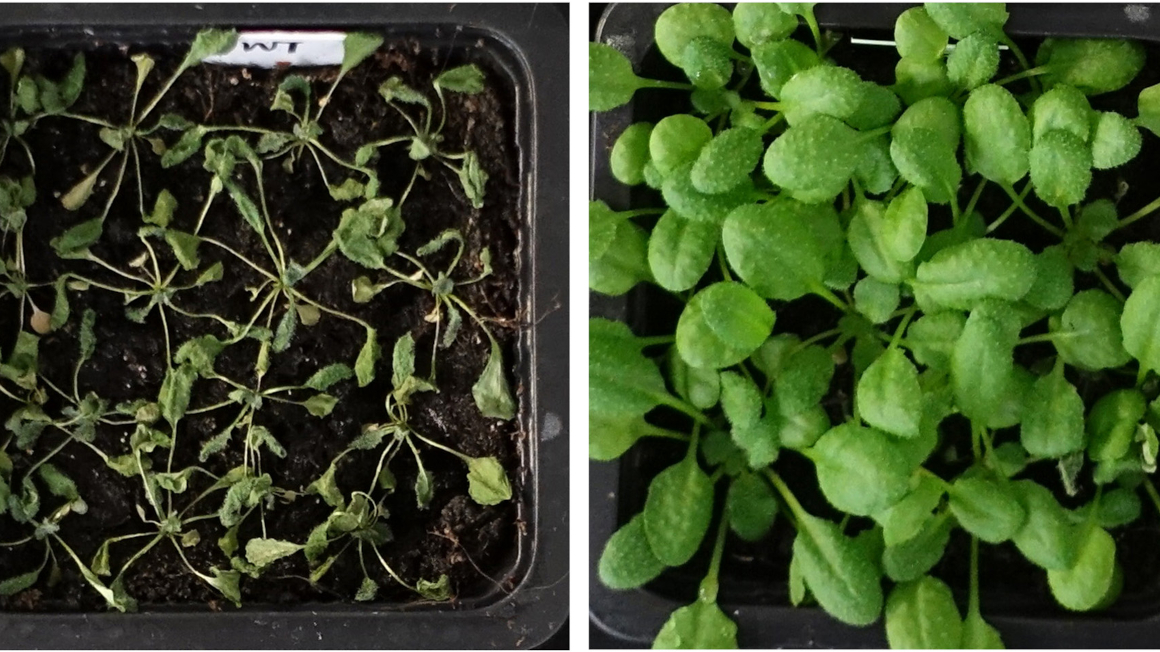How plants regulate water loss
How do plants control their guard cells and thus their water loss? Scientists at Julius-Maximilians-Universität Würzburg have made discoveries that could be of interest for future agriculture.

In the wake of increasingly frequent periods of heat and drought, research is being carried out to make crop plants more resilient and to better understand their metabolic processes. Researchers at Julius-Maximilians-Universität Würzburg (JMU) report in the journal Current Biology on new insights into the process that controls the opening and closing of stomata in plants and thus also their water consumption.
The so-called stomata, which consist of two guard cells, allow the exchange of carbon dioxide and water with the environment when they are open. In unfavourable environmental conditions such as darkness, parasite infestation or lack of water, however, the pores close.
Optogenetic process provides insights
It is known that such unfavourable environmental stimuli cause an increase in the calcium concentration (Ca²⁺) in the guard cells. This rapid, time-limited increase in Ca²⁺, which always precedes the closing of the pore, is known as the calcium transient. The Würzburg researchers have now discovered how it is generated and translated into stomatal movements. To do so, the team led by biophysicist Rainer Hedrich ‘used an optogenetic method with novel model plants’.
By applying light pulses to a special, light-sensitive ion channel, the researchers channelled calcium into the guard cells of their model plants. This calcium signal was amplified by a cell organelle, the endoplasmic reticulum (ER), through the release of further calcium. This results in the characteristic calcium transient, which leads to a cascade of further reactions inside the cell, at the end of which the guard cells deform and the stoma is closed.
Cell response follows all-or-nothing principle
The researchers also discovered that the calcium transient follows an all-or-nothing principle: ‘We were not badly surprised that light pulses of 0.1, one and ten seconds duration produced approximately equal calcium transients,’ said Shouguang Huang, first author of the study. The calcium concentration was increased for around 30 seconds, regardless of the duration of the light pulse, and only slowly decreased after a further 30 seconds.
Plants count environmental stimuli
A single calcium transient is not enough to completely close a stoma. Only when several light pulses - i.e. environmental stimuli - hit a stoma did the pores close completely. The researchers found that closing cells can resolve six consecutive calcium transients and convert them into stoma movement. ‘The guard cells can therefore count to six,’ says Rainer Hedrich, Professor of Biophysics at JMU and co-author of the study.
Hedrich has been researching the water balance of plants for decades. He discovered that plants use a signalling molecule during drought that is also found in humans and animals. Next, the research group wants to find out more about the individual steps of the stimulus-response chain and also answer the question of how long the guard cells ‘remember’ the respective environmental stimuli.


